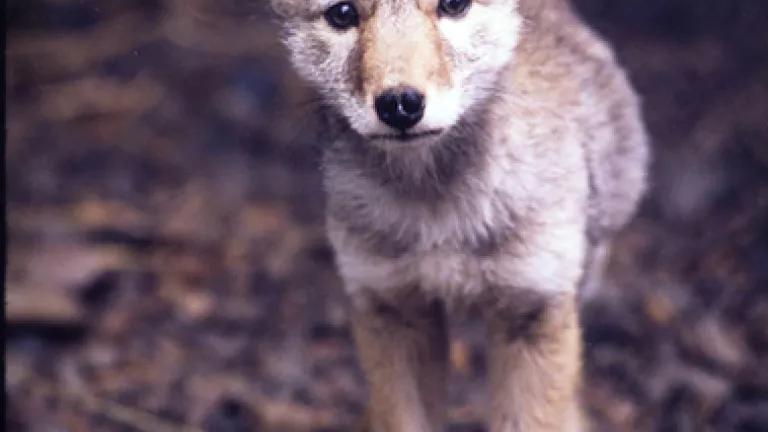
Last week, Representatives DeFazio (D-OR), Campbell (R-CA), and Peters (D-CA) sent a letter to the U.S. Department of Agriculture’s internal watchdog, its Office of Inspector General (OIG), asking them to prioritize a planned audit of Wildlife Services’ predator control program in 2014, with over 120,000 NRDC and Defenders of Wildlife members and online activists echoing this sentiment. Due to budgetary constraints, the OIG must make tough choices about which audits to conduct and these letters encouraged OIG to ensure this long-overdue examination is finally completed.
As we’ve written before, Wildlife Services spends millions of taxpayer dollars each year to kill nearly 100,000 native carnivores. But because of their complete lack of transparency, it’s hard to know the full extent of their actions. They don’t disclose much – for example, their budget doesn’t even specify how much money they spend on lethal versus nonlethal methods of predator control. They have ignored or denied requests for information from Members of Congress, NRDC, and others. And former employees have claimed that the agency hides the full truth about how many animals and what types of animals they kill through indiscriminate methods such as poisons and trapping.
This audit will exert much-needed oversight over the agency and enable the public to learn just what it is they’re paying for.
Specifically, we hope that the audit will examine the following:
- Wildlife Services’ Inhumane Methods – Many of the methods Wildlife Services uses to kill animals – such as poisons and traps – cause animals to suffer immensely. Additionally, Wildlife Services employees have committed acts of animal cruelty – one was arrested on animal cruelty charges in Arizona and another shot and killed an endangered Mexican wolf in New Mexico.
It’s time to draw back the curtain and expose Wildlife Services’ practices. To send your own request to the OIG to conduct this critical evaluation, visit here.

